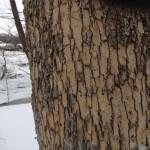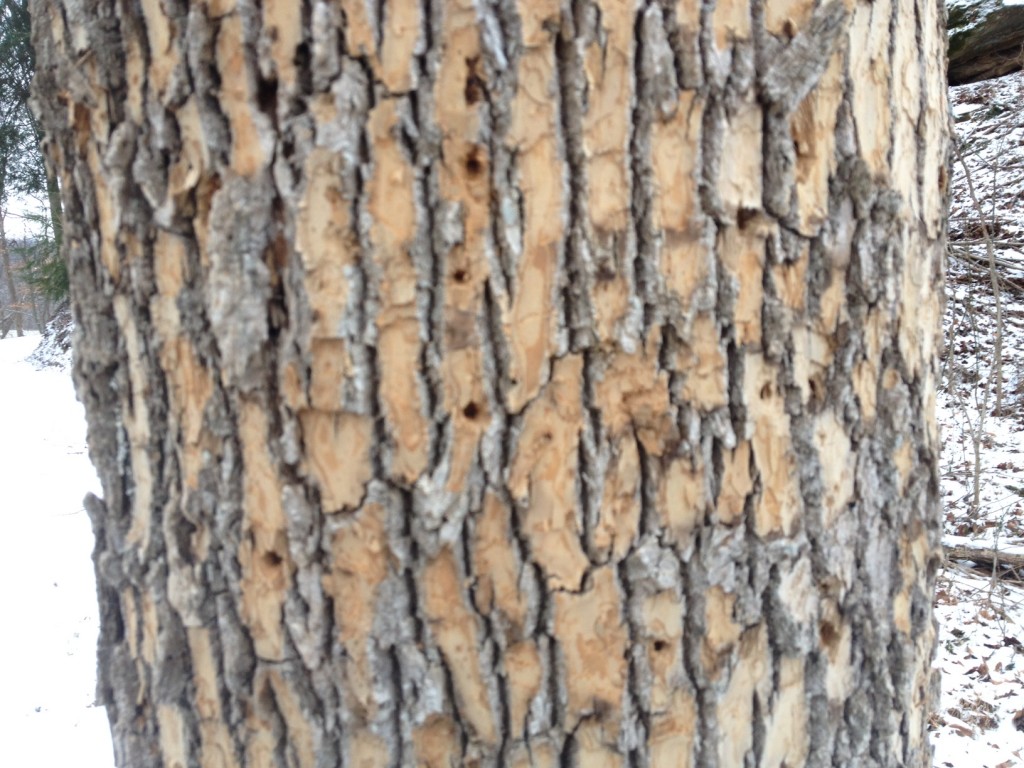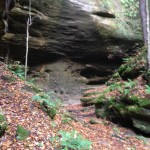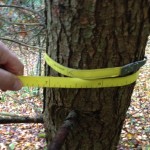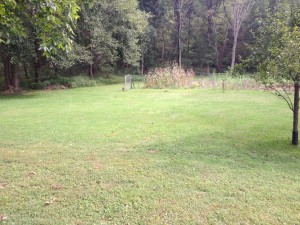This is a summary of the information presented to the Ohio Certified Volunteer Naturalists, Hocking County chapter at the 3/8/16 spring meeting.
I have been fighting tick borne diseases for most of my twenty year Veterinary career. They cause some of the most difficult to diagnose, poorly understood syndromes of diseases in both humans and companion animals. I have noticed professionally that the incidence of disease has been slowly increasing in Ohio and that what was once rare 5-10 years ago is now becoming more common. I personally have diagnosed canine patients in the last few months with both Lyme disease(Borreliosis) and Erlichia canis.
Click for the OHIOLINE TICK FACTSHEET This is an Ohio State University Extension publication
Here is the typical tick life cycle using the Deer Tick as an example, note they feed as they move through the stages of development. (Source:CDC)

As we head into spring it is crucial that proper prevention and repellant strategies are followed.
- Wear long pants and long sleeves, tape collars and cuffs or tuck pants into socks. Tuck in shirts.
- Wear boots with regular length socks.
- Do a proper tick check after leaving woods(or parks, or pasture, not every tick lives in a forest, my biggest reported area in practice is a mix of public parks and metropark hiking trails.)
- Remove ticks immediately if found, OHIOLINE HAS REMOVAL PROCEDURE
- Want to Identify the tick species? IDENTIFICATION GUIDE
- Use a repellant on skin that actually has the strength to deter ticks. TOPICAL INSECT REPELLANT LIST
- Treat clothing properly with Permethrin, do not use on skin, follow directions carefully. HOW TO TREAT CLOTHING

Left to Right:
1.) Permethrin spray for use on clothing only
2.) Cutter backwoods DEET level = 25% (minimally effective vs. ticks)
3.) Cutter skinsations DEET level = 7% (ineffective vs. ticks)
One new allergy that has been only recently discovered is called Alpha-gal Allergy. Hocking County is Beef country. This allergy would not go over well here. Alpha-gal allergy is when a persons immune system becomes sensitized to red meat after a bite from a Lone Star Tick. Another name for this disease is called Mammalian Muscle Disease or Allergy as after eating beef or pork(or any mammal) a person has an allergic reaction, in some cases a severe one. Any disease that causes me to be allergic to cheeseburgers has my full attention.
So please as we get ready to head out into the woods with spring ahead of us, please take the time to protect yourself and take the potential of tick borne diseases and allergies seriously.








